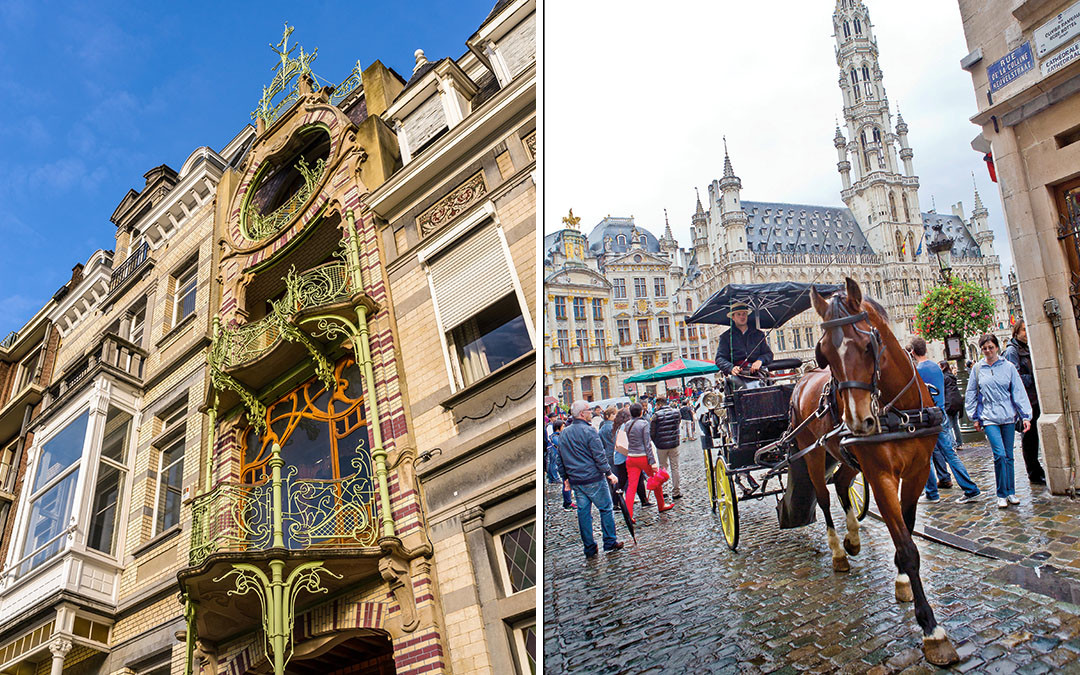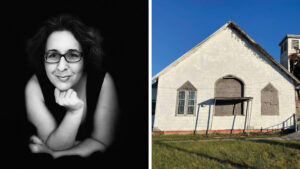One of my favorite places on earth to visit is Brussels, a city I’ve been to many, many times. If you routinely bypass this hip, trendy city in favor of that other French-speaking city nearby (oui, I’m talking about Paris), then it’s time to rethink your next itinerary.
A centrally located European hub, the Belgian capital is a lively cosmopolitan center that draws students, business people, political leaders, artists and fashion designers from around the world.
The city’s focal point is the Grand Place, a lively square that was once the economic and administrative center of the city. Today, it is filled with cafes and lined with shops (the Belgian Tourist Office also has a location here, so you can pick up maps, guidebooks, etc.).
Right off the Grand Place at 31 Rue de Beurre is the Dandoy Biscuit Factory. Your nose will lead you to this 17th-century building in which five generations of the same family have been making traditional Belgian sweets such as speculoos, pains d’amandes and marzipan cakes since 1829. Speculoos are thin, crunchy little cookies flavored with spices such as cinnamon, ginger, cloves or nutmeg, and sweetened with a brown sugar made from beet syrup common in Belgium. Speculoos often are served with coffee in Belgian cafes. (Be advised: they can be addictive!)
Near the Grand Place is the beautiful 19th-century shopping arcade Galeries Royales de-Saint-Hubert. Fashionable shops still line the glass-ceilinged arcade and a stop at one of the cafes makes for a relaxing break, especially if the weather’s not nice enough to sit outside in the Grand Place. (You’ll also find fashionable shopping about a 20-minute walk away, on Avenue Louise.)
Brussels has no shortage of museums. One of my favorites is the Musee des Instruments de Musique (Musical Instrument Museum, Rue Montagne de la Cour), housed in the old Art Nouveau buildings of the Old England department stores. Music lovers will go gaga over the museum’s nearly 7,000 instruments. For one of the best views over Brussels, stop up at the Café du Mim on the top floor.
For art and architecture enthusiasts, make time for the Musee Horta and the David and Alice van Buuren Museum. In 1893, the Belgian architect Victor Horta created the now-famous Art Nouveau style, with its sensuous curves, wrought-iron features such as gates and railings, and buildings decorated with mosaics, murals and handcrafted woodwork. While Brussels has many Art Nouveau buildings still in existence, perhaps the best example of this style is Horta’s own house, now a museum (23-25 Rue Americaine) with its central stairwell lit from above by a large, curving skylight, ironwork banisters, leaded glass door panels and mosaic-tiled dining room floor.
With its emphasis on architecture and design, it’s not surprising that Brussels is one of Europe’s busiest centers for antiques. You’ll find the city’s best — and most expensive — shops in the area known as Sablon; on weekends in the Place du Grand-Sablon, you can meander through the flea market (don’t expect to find too many bargains though). When you’re about haggled out, stop for a pastry or piece of cake at the famous Wittamer bakery/café and, weather permitting, join the festive atmosphere on the outdoor terrace.
At the turn of the 20th century, there were more than 3,200 breweries in Belgium; now there are about 175, but that should be enough to hold you in good stead. The most famous brews are produced by the Trappist monasteries, but there are many other types to choose from as well, including Witbier or Biere Blanche, made from wheat to produce a “white beer” flavored with spices like coriander or orange peel; Lambic, created by maturing the fermented beer in wooden casks; and Kriek, flavored with raspberries.
Belgians like their sweets, too, especially the justifiably famous chocolates. You can always buy Godiva at home; instead try one of the “designer” chocolatiers such as Pierre Marcolini; Mary; or Le Chocolatier Manon, which are harder to come by in the U.S.
You can find a wealth of information to help you plan your trip on the website of the Belgian Tourist Office.
Carol Sorgen is a Baltimore-based freelance writer.





